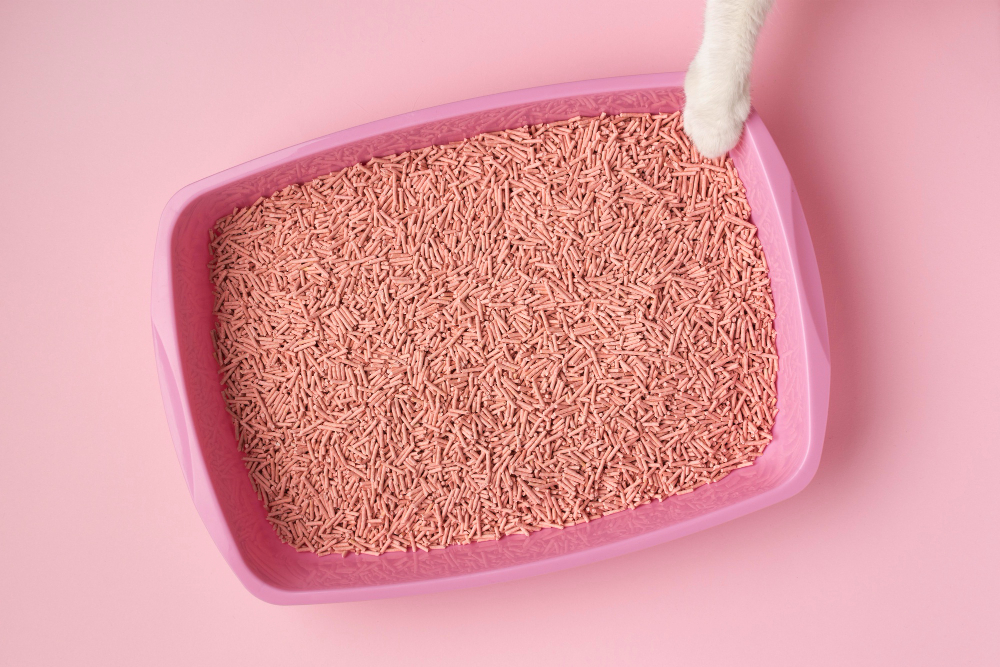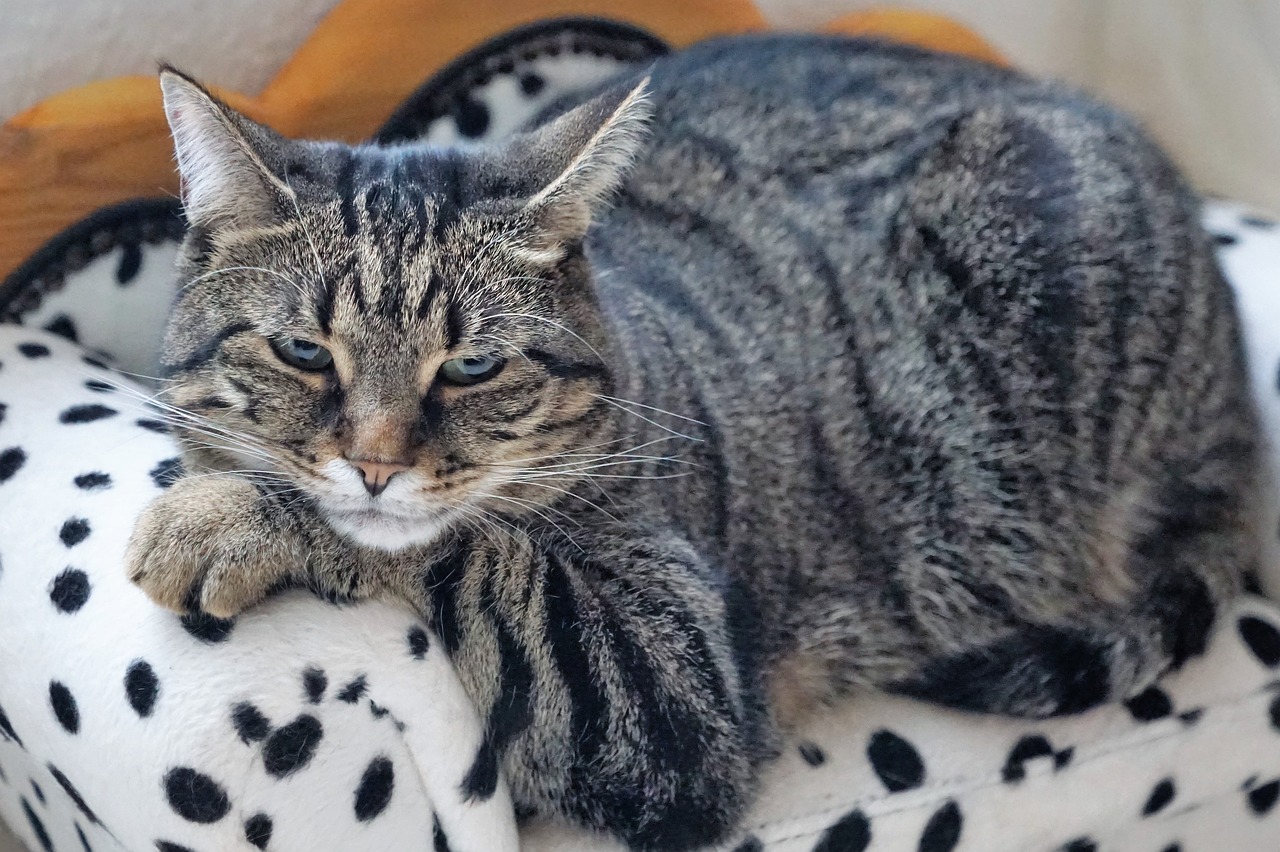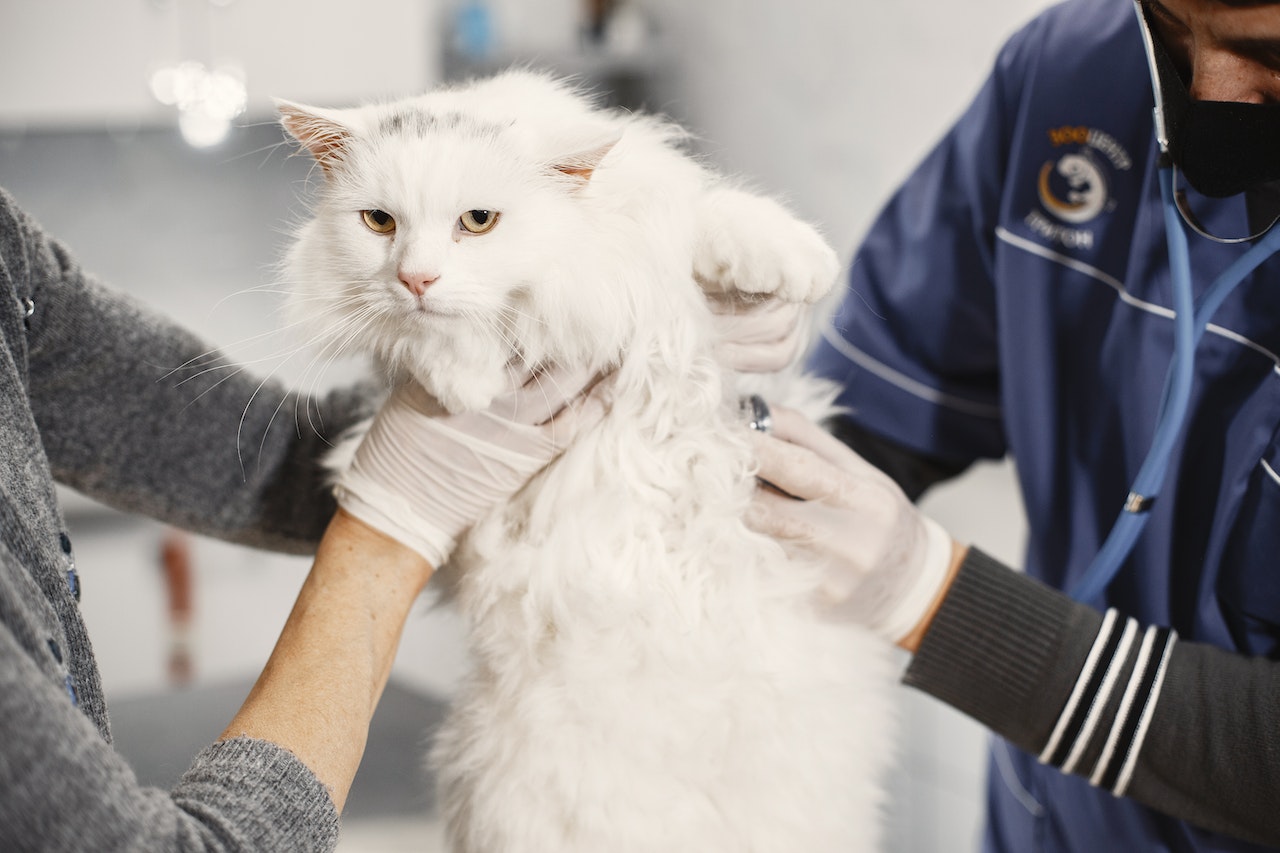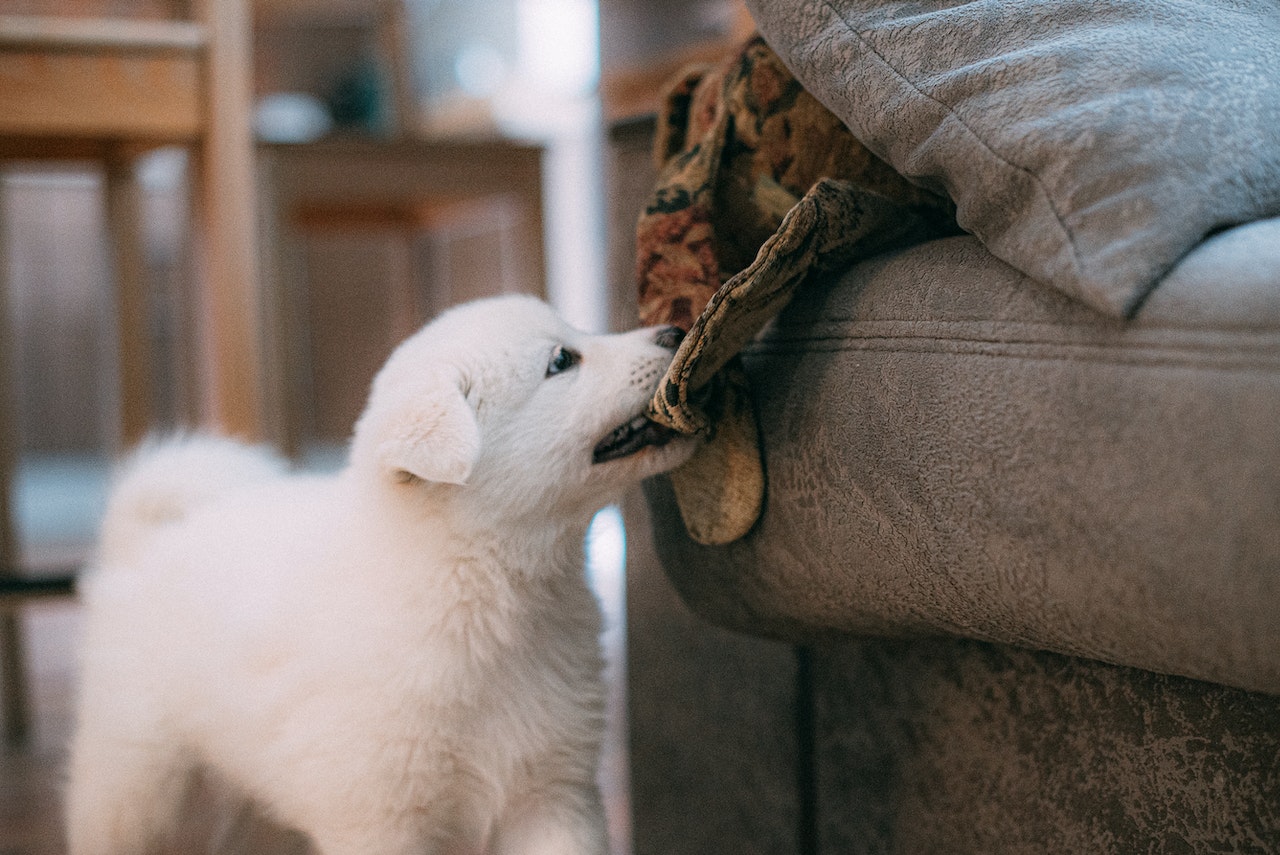Image by Freepik
Let’s face it, fellow cat owners: our feline overlords didn’t climb their way to the top of the pet hierarchy by being compliant. But occasionally, in a rare burst of generosity, they allow us to think we’ve won a small victory. For example, by occasionally deciding to use the litter box we so thoughtfully provided.
So, if you’re hoping to train your cat to consistently use the litter box (and not, say, your brand-new couch or the potted plant you’ve somehow managed to keep alive until now), you’ve come to the right place. Just be prepared for a wild ride of sarcastic revelations and funny truths.
1. Selecting the Throne
Oh, you thought any old litter box would do? Ha! Your cat isn’t some common alley feline. It’s royalty in its own right and demands nothing but the best. Start by choosing a litter box that’s large enough for your cat to move around comfortably, but not so big that it thinks it’s an Olympic-sized sandbox. The sides should be high enough to prevent “accidents” (also known as “expressions of artistic flair”), but low enough so kitty doesn’t need to pole vault in.
2. Placement, Placement, Placement!
Think of your cat as a feng shui master. You can’t just put the litter box anywhere. Your bathroom? Too noisy. Next to the dog’s bed? Oh, you’re hilarious. Find a quiet, accessible spot away from their food. And if you live in a multi-story house, it’s advisable to have one on each floor, because who can expect royalty to climb stairs for such a mundane task?
3. Litter Choices
You may think the litter aisle at your local pet store is overwhelming, but your cat sees it as a buffet of aromatic choices. There are clumping varieties, non-clumping, scented, unscented, crystals, paper-based… the list goes on. A word of advice: while we humans may like the idea of a lavender-scented bathroom experience, your cat probably doesn’t. Start with an unscented clumping variety, and if your cat turns up its nose (quite literally), then experiment until you find one that suits its delicate sensibilities.
4. The Art of Digging
Cats are natural diggers. Some are artists, crafting the perfect hole before doing their business. Others are… well, let’s just say they believe in abstract art. If your kitty isn’t digging, it might be because there’s too much or too little litter. Aim for 2-3 inches of depth. Adjust based on whether your cat looks like it’s trying to dig to China or just scratch the surface.
5. Cleanliness is Next to Catliness
If you thought cats were low maintenance, think again. Their litter box needs daily attention. You wouldn’t want to use a dirty toilet; neither does your feline friend. Keep the box clean, scoop daily, and change the litter regularly. Otherwise, don’t be surprised if you find “gifts” in unexpected places.
6. Positive Reinforcement (Bribes, Basically)
Ah, the age-old technique of trying to get someone to do something by offering them something they want. Tried it on kids? Try it on cats. Every time your kitty does its business in the right spot, praise it like it just won the Nobel Prize for Litter Boxing. A little treat or a gentle chin scratch can go a long way. But remember: cats have a keen sense of dignity. Overdo it, and they’ll probably look at you like you’ve just insulted their ancestors.
7. Avoid Being a Helicopter Parent
Cats, as we all know, cherish their privacy. You don’t want anyone cheering you on in the bathroom (at least, we hope not). So, give your cat some space. No hovering, no constant checking, and definitely no applause. Let them have their moment of peace.
8. Accidents Happen… Don’t Lose Your Cool
Despite your best efforts and all the luxury litter boxes money can buy, accidents will happen. Your cat might decide that the corner of your bedroom looks suspiciously litter box-ish. Instead of blowing a fuse, clean up calmly. Yelling at a cat is like yelling at a rock – utterly useless and you’ll just look silly. If accidents become frequent, consider checking with your vet. It might not be rebellion; there could be underlying health issues.
9. Double Up!
Got more than one cat? You might need more than one litter box. Cats can be territorial about the weirdest things, including where they poop. A general rule of thumb: one box per cat plus one extra. It’s like having guest bathrooms in a fancy house.
10. Consult the Feline Overlord
Last, but by no means least, pay attention to your cat’s preferences. Change isn’t always welcome in a cat’s world. If you do decide to switch litter types or move the box location, do it gradually. And if the cat decides it doesn’t like the changes? Well, you tried. Go back to what works. Remember, it’s their world; we just live in it (and scoop their litter).
Wrapping Up…
Training a cat might seem like a herculean task that rivals getting a teenager to clean their room. But with a mix of patience, persistence, and a healthy dose of humor, you can get your feline to (mostly) cooperate. And if all else fails? Just remember that you’re owned by one of the most enigmatic, graceful creatures on the planet. Embrace the chaos and cherish the purrs.
Good luck, brave soul. May your litter scooping be minimal, and may your cat’s aim be true!
Pro Tips for Litter Box Mastery
- Know Thy Cat: Every cat is unique. While Mr. Whiskers might love one type of litter, Fluffy could very well turn her nose up at it. The same goes for box types, placements, and cleaning routines. Observe and adapt.
- Covered vs. Uncovered: Some cats love the privacy of a covered litter box, while others prefer an open space to keep an eye out for sneaky adversaries (like the vacuum cleaner). Experiment and see which one your cat prefers.
- Location Transition: Moving soon or thinking about relocating the litter box? Do it gradually. Move the box inch by inch every day until it reaches its new spot. This minimizes confusion and grumpy cat syndrome.
- Odor Fighters: Consider placing baking soda at the bottom of the litter box before adding the litter. It helps in keeping odors at bay without adding any potentially off-putting fragrances.
- Diet Check: Sometimes, the litter box experience (for both you and the cat) can be influenced by their diet. Stinkier poop might mean it’s time to reevaluate what you’re feeding your feline friend. You may read: What Kind of Food Should You Feed Your Cat?
- The Right Tools: Invest in a sturdy scoop and remember: not all scoops are created equal. A metal scoop often works better and lasts longer than a flimsy plastic one. And, while we’re at it, get a mat. It’ll save you from those pesky litter trails all over the house.
- Depth Perception: While most cats prefer a certain depth for their litter, some are more, shall we say, particular about it. Experiment with different depths, especially if your cat seems hesitant to use the box.
- Medical Alert: If your usually well-behaved kitty suddenly starts having frequent accidents, it’s essential to rule out any medical issues. Conditions like UTIs or other ailments can cause sudden changes in bathroom behavior.
- The Escape Route: Ensure the litter box isn’t placed in a spot where your cat might feel trapped. They should have a clear view of their surroundings and an easy escape route, just in case the dog (or that pesky vacuum) decides to ambush.
- Routine Refresh: Cats are creatures of habit. Regularly refreshing the litter and maintaining a cleaning routine will make your feline more inclined to use the box.
Remember, the journey to litter box success is paved with patience, a hint of strategy, and perhaps a dash of luck. But, armed with these pro tips, you’re well on your way to achieving harmonious coexistence in the bathroom department.
FAQs: All About The Feline Loo
While daily scooping is essential, you should replace the entire batch of litter every 2-4 weeks depending on usage and the type of litter you use. Don’t forget to wash the box with mild soap and water during this change to prevent bacterial buildup!
Several reasons can cause this: the box might be too dirty, there could be a sudden change (new litter type, box relocation), or your cat might have a medical issue. If it’s not the first two reasons, a vet visit is highly recommended.
While having multiple boxes is advised for households with several cats, spacing them out is more effective than clustering them together. This prevents territorial disputes and gives each cat its space.
Yes! Kittens might need a box with lower sides for easy access. Additionally, ensure the litter is safe for kittens, as they tend to ingest it out of curiosity.
A litter mat placed under the box can be a game-changer. It’ll catch the majority of the stray litter from your cat’s paws. Regularly sweeping or vacuuming the area also helps.
While many humans prefer scented litter because it masks odors, cats often prefer unscented types. It’s best to go with unscented and then use safe ways, like baking soda, to combat any smell.
Cats have a natural instinct to dig and bury. If your cat’s a vigorous digger, consider getting a box with higher sides or a top-entry litter box.
Some cats are perfectly fine with liners, while others detest them. If you decide to use one, ensure it’s secure and doesn’t bunch up, which might discourage your cat from using the box.
Cats have their quirks! As long as they’re not consistently missing the box, it’s not a concern. If this behavior leads to “accidents,” you might want to consider a box with higher sides.
Absolutely! While kittens usually pick up litter box habits faster, with patience and the right approach, older cats can be trained too.



